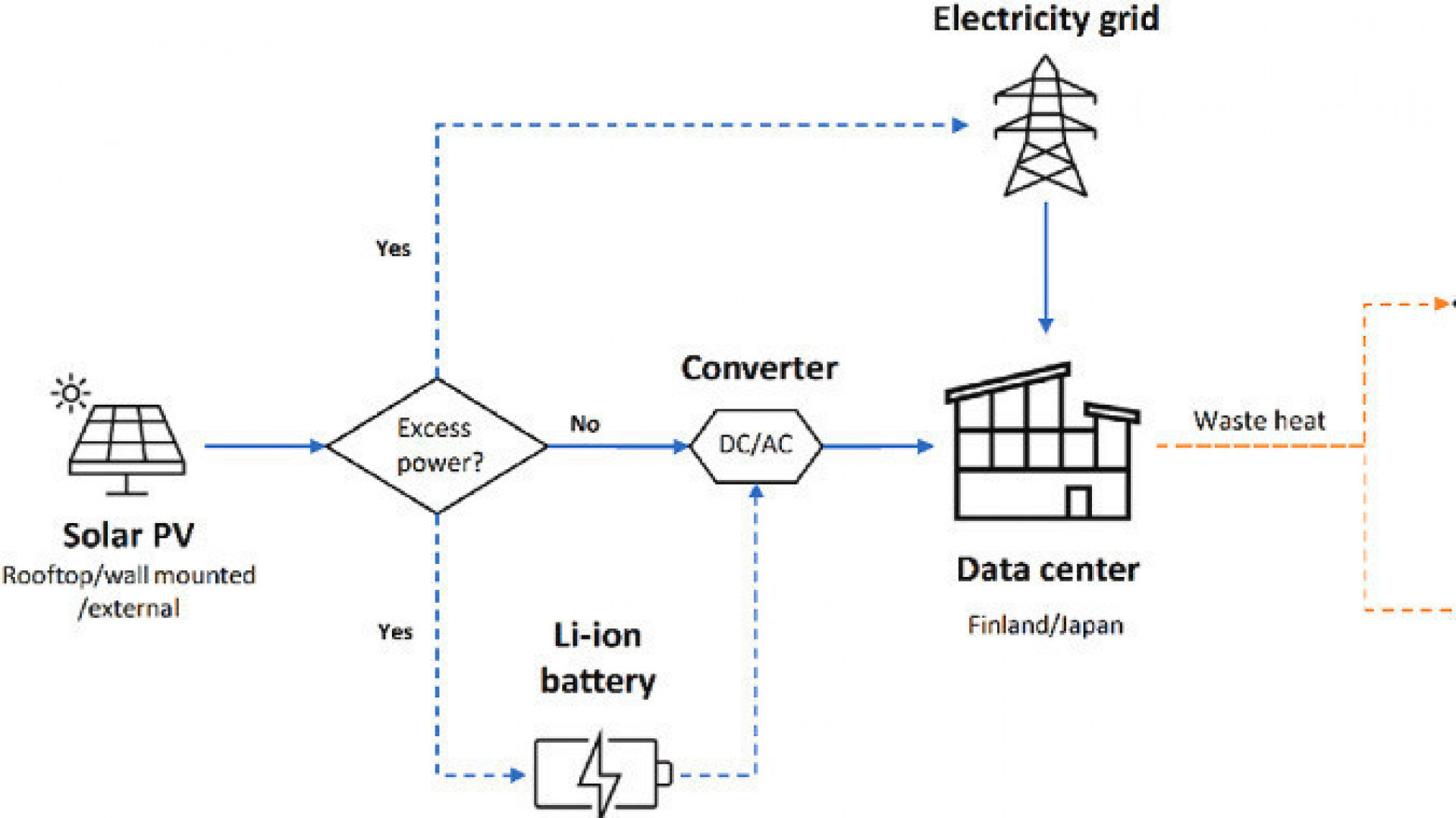Norwegian colocation company Green Mountain and Norwegian Lobster Farm have entered into an agreement on the reuse of waste heat from the data center in the world's first land-based lobster farm. It seems Green Mountain has a taste for seafood, since it also entered into an agreement with Hima Seafood on the reuse of waste heat from the data center for the world's largest land-based trout farm. Construction starts this year and when fully operational in 2023, the waste heat will be used in the production of 9.000 tons of trout annually. Both projects represent an innovative examples of a circular economy where the waste heat is reused for food production. Both projects will reduce energy use, while also significantly reducing the carbon footprint.
Lobster farming
Norwegian Lobster Farm is the first company in the world to produce plate sized lobsters in a land-based fish farm. Their current facilities use recycling aquaculture technology (RAS) as well as advanced robotics, computer vision systems and automatic and continuous monitoring of each individual lobster. To grow optimally, the lobster needs a temperature of 20°C in the seawater. This is exactly the temperature of the seawater that has been used to cool the IT equipment in Green Mountain's data center. This heated wastewater can therefore be delivered directly to the fish farm.
Cooling a data center usually accounts for an additional 40-80% of the electricity required to power the servers. At Green Mountain's DC1-Stavanger, they use an innovative fjord cooling solution for this purpose. Today the seawater enters the facility with a temperature of 8°C and is released back into the fjord with a temperature of 20°C. The plan is to build a new production facility adjacent to the data center where this heated seawater can be used directly in the breeding of lobsters. As a result, the energy is reused and there is no need for complicated RAS technology. "In practical terms, this means that we can scale up production, reduce technical risk, and save both CAPEX and OPEX. In addition to the environmental benefits, of course.", says CEO of Norwegian Lobster Farm, Asbjørn Drengstig.
Land-based lobster farming is certainly challenging, but the market opportunities are enormous, especially since the lobster population in Europe is declining. The company has spent several years on research and development and has secured EU funding through the Horizon 2020 Grant Agreement NO880911 and the EuroStars programs. Urgently expects being able to start construction of the production facility in 2021.
"For a long time, we have explored various methods to reuse the waste heat from our data center. Here at Rennesøy, which is sparsely populated, district heating is not a sensible alternative. This project, on the other hand, fits like a glove We hope we can expand this and similar concepts to our future facilities as well," says Green Mountain CEO Tor Kristian Gyland.
World’s largest land-based trout farm
At Rjukan, Hima is going to establish a land-based trout farm based on recirculation aquaculture technology, also known as RAS. This technology is the most sustainable, scalable, and environmentally conscious form of aquaculture production available today. When the facility is completed and fully operational, it will produce about 9,000 tonnes of trout, which is equivalent to 22,000,000 dinners per year.
This will, by far, be the world’s largest land-based trout farm. Only 800 meters from the trout farm, Green Mountain’s DC2-Telemark is located. By connecting the two facilities together by a pipe system, Green Mountain can deliver heated water to Hima. This is energy that would otherwise be released into the air and wasted. Heat exchanger technology will then ensure that the Hima facility can use the energy from the water to obtain the correct water temperature in their RAS solution. The same water is subsequently returned to Green Mountain. The water now holds a lower temperature which can be used in the cooling of the data center – creating a truly circular project.
Hima Seafood and Green Mountain share a strong commitment minimizing the environmental impact from its operations and recognize that this project represents a breakthrough example of circular economy in practice. Chief Executive Officer of Hima Seafood, Sten Falkum: "Green Mountain’s waste heat represents a significant cost savings in our production, and we are thrilled that our heating requirements can help reduce the environmental footprint of Green Mountain and help cool the data center in return. This truly is a win-win solution for both parties”.
CEO of Green Mountain, Tor Kristian Gyland adds: “Data centers are undoubtably very energy consuming. Although our data centers run on 100% renewable hydropower, we do not like to waste the energy. This project is a breakthrough example of circular economy – where the output of one company can benefit another with an environmental benefit on top. Our vision is “setting the green standard” and this project truly supports this.”














